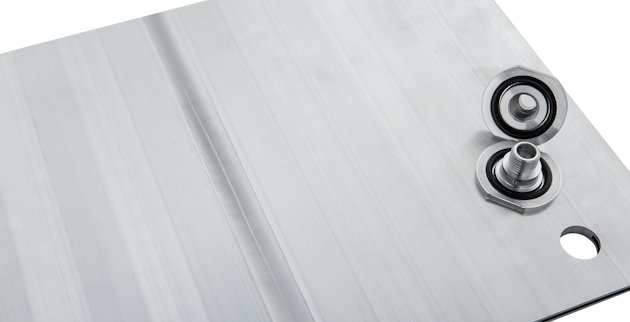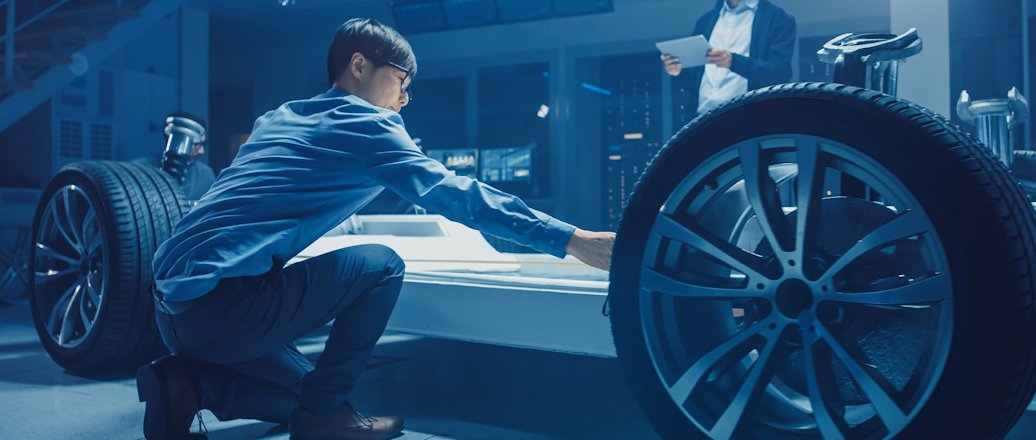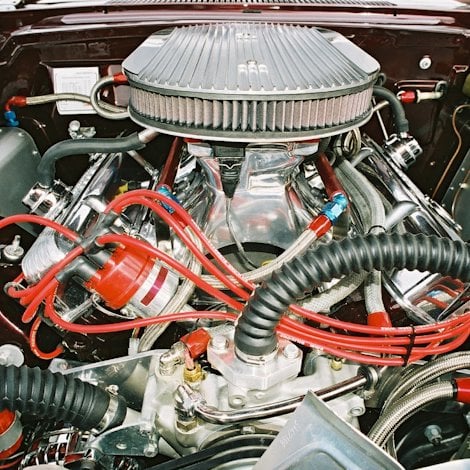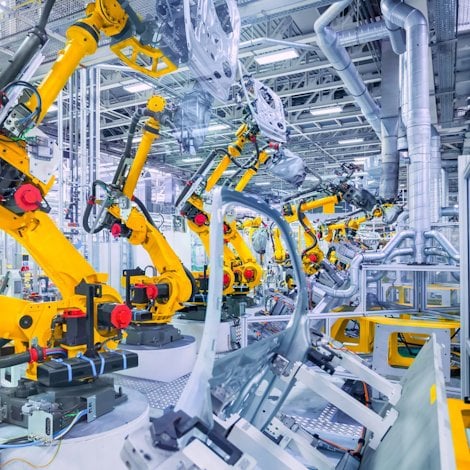Aluminium as a key enabler for the thermal management of electric vehicles
The ongoing high-speed evolution of e-mobility shows OEMs going down separate but parallel roads and developing different thermal management solutions. It also shows aluminium playing a starring role in most of these variants. This is what you need to know about what is happening.
Due to its advantageous properties, aluminium – in the form of extrusions, sheet and castings – already plays a major role in the thermal management of state-of-the-art internal combustion engine vehicles, and the same applies to battery-electric vehicles (BEVs).
The market shows that the average aluminium content of BEVs is significantly higher than in conventional cars. The big battery trays of BEVs in particular demand a lot from the applied material, with regard to structural, crash, lightweight and thermal performance.
When it comes to the latter – thermal performance – the uniform and constant cooling of the cells and electric components is crucial for a high-performing and long-life battery system.
Types of battery cooling for electric vehicles
Today, the different options of battery cooling are generally air cooling, liquid cooling and liquid immersion cooling. Liquid cooling is by far the most relevant for BEVs.
The question is: How and where do the OEMs implement the cooling?
- Internal cooling. The cooling device is located inside the battery tray. It is usually in direct conctact with the battery modules. Using this option, the cooling device is located as close to the cells as possible, but this leads to increased risk in case of leakage of the cooling system. Several different technologies can be used for internal cooling, i.e. multi-port extrusions (MPEs) and cooling plates from extrusions or sheets.
- External cooling. The cooling is located outside the battery tray, usually right under the box. In this case, the thermal flow must go through the battery tray first. Thermal conductive gap fillers are used to ensure a sufficient heat flow. This variant is chosen in many cases, especially due to the reduced risk of leakage. Similar components can be used, i.e. MPEs and cooling plates from extrusions or sheets.
- Integrated in the floor. Here, the application of extruded aluminium profiles offers the possibility to integrate cooling channels in the battery floor itself. This kind of function integration leads to high performance, when considering the thermal and lightweight requirements and robustness of the system. As an example, I’ve worked with an aluminium thin cold plate solution that matches with the requirements of floor-integrated cooling.

Aluminium in thermal management of battery-electric vehicles
Aluminium is a key enabler for excellent thermal management in electric vehicles. There are several reasons for this.
First, you have the high thermal conductivity of aluminium. In addition, the structural and lightweight performance of the metal, and the mature alloying, manufacturing and joining technologies, make aluminium a perfect fit for this application.
In this still-early and exciting era of electric mobility, it is hard to say which type of cooling, or battery cell alternatives, are going to be chosen in the more distant future. No one really knows at this point.
But it is clear that competence in aluminium will remain valuable in the industry going forward.








